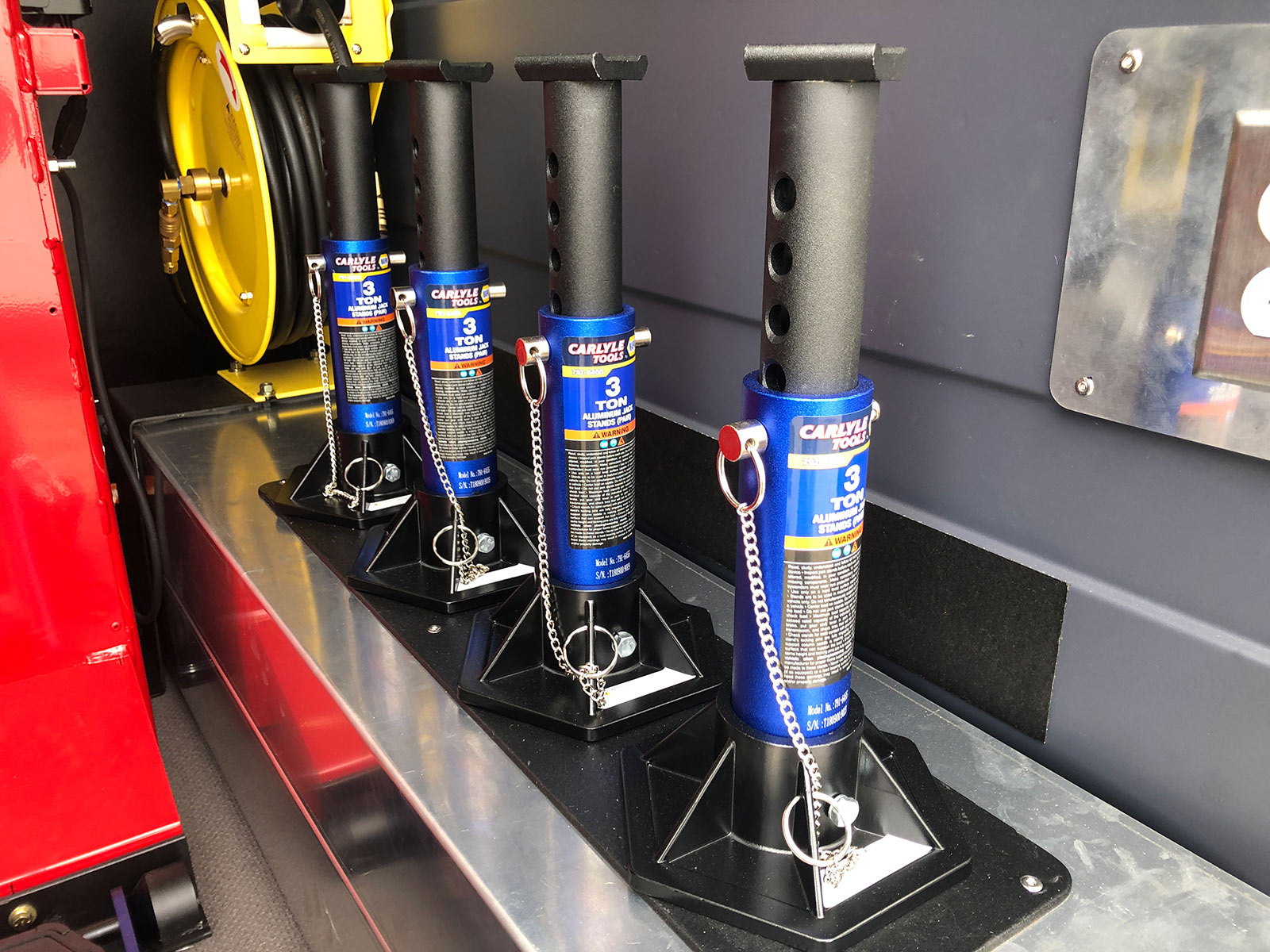Professional Mobile Tire Repair in Las Vegas - Rapid Service Assured
Professional Mobile Tire Repair in Las Vegas - Rapid Service Assured
Blog Article
Tire Solution: Proven Methods for Optimal Tire Upkeep and Treatment
From making certain proper tire pressure to routine rotation and placement, there are tested approaches that can significantly extend the life expectancy of your tires and boost overall driving experience. Allow's dig right into the globe of tire service and discover the keys to maintaining your tires in excellent shape for the lengthy haul - Flat Tire Repair Las Vegas.
Value of Tire Stress
Correct tire stress is a vital element in making sure optimal vehicle efficiency and security on the road. Keeping the suggested tire stress levels supplied by the producer supplies countless benefits. Ample tire pressure advertises far better gas performance, as under-inflated tires can lead to increased rolling resistance, triggering the engine to function tougher and consume more gas. Appropriate tire pressure makes sure even tread wear, enhancing tire longevity and conserving money in the long run by postponing the demand for premature substitutes. Additionally, correctly pumped up tires contribute to boosted handling and braking capacities, important for risk-free driving in various roadway conditions. Over-inflated tires, on the other hand, can lead to lowered grip and a harsher ride. Conversely, under-inflated tires are vulnerable to overheating, which can bring about accidents and blowouts. Routinely adjusting and checking tire pressure, particularly eventually journeys, is a simple yet effective means to improve car performance, expand tire lifespan, and focus on safety and security when traveling.
Tire Turning Standards
When taking into consideration tire rotation standards, it is necessary to understand the importance of this maintenance task in making the most of tire life-span and preserving ideal lorry efficiency. Tire rotation entails changing the setting of each tire on an automobile to guarantee even step wear. Front tires often tend to put on much more swiftly than back tires due to steering forces, making normal rotation crucial for well balanced wear patterns. The suggested turning pattern differs depending upon whether a lorry is front-wheel, rear-wheel, all-wheel, or 4x4. Usually, tires should be turned every 5,000 to 7,500 miles, or as recommended in the vehicle handbook. Ignoring tire rotation can cause unequal wear, influencing handling, traction, and possibly compromising lorry security. By adhering to correct turning guidelines, drivers can expand the life of their tires, improve fuel performance, and improve overall driving experience. Normal turning is a simple yet effective maintenance method that adds considerably to tire longevity and car efficiency.

Advantages of Wheel Positioning
Making certain correct wheel placement after tire turning is critical for preserving balanced wear patterns and optimizing lorry performance. Wheel placement describes the adjustment of the angles of the wheels to the producer's specifications. Among the vital advantages of wheel alignment is improved steering and managing response. When the wheels are properly straightened, it reduces guiding initiative, ensuring a smoother and much more controlled driving experience. Additionally, correct wheel alignment assists to expand the life-span of your tires. Misaligned wheels can create uneven tire wear, leading to early tire replacement and enhanced maintenance prices.

Tire Tread Depth Examine
Carrying out a normal inspection of tire walk depth is necessary for preserving risk-free driving conditions and lengthening the life expectancy of your tires. The tread on your tires plays a critical role in offering traction, particularly in unsafe or wet problems. To inspect your tire walk depth, you can use a tread deepness scale or the cent examination. The recommended step depth goes to least 2/32 of an inch. It is time to change your tires to make sure optimal efficiency and security on the road if the step depth is listed below this limit. Irregular walk wear can suggest problems with tire alignment, pressure, or suspension, highlighting the importance of normal step depth checks. Neglecting to keep an eye on and maintain proper step depth can bring about minimized grip, longer braking ranges, and a raised danger of hydroplaning. By integrating tire walk depth explore your regular maintenance timetable, you can drive with confidence understanding that your tires remain in top condition.
Seasonal Tire Examination
Seasonal tire evaluation is an essential element of tire upkeep that guarantees tires are ready to face the challenges postured by various climate conditions. In prep work for winter, it is crucial to check the tire stress regularly have a peek here as cool temperature levels can cause tire pressure to drop. By performing regular seasonal tire inspections, vehicle drivers can prolong tire life expectancy, boost fuel performance, and most importantly, guarantee a secure driving experience in differing weather condition conditions.
Conclusion
In verdict, preserving correct tire stress, turning tires frequently, aligning wheels correctly, monitoring step depth, and performing seasonal assessments are essential techniques i loved this for optimal tire treatment. By complying with these shown methods, motorists can guarantee their tires last longer, perform better, and add to total vehicle safety and security. It is necessary to prioritize tire upkeep to stop mishaps, improve fuel performance, and extend the lifespan of tires.
Adequate tire pressure promotes much better gas effectiveness, as under-inflated tires can lead to enhanced rolling resistance, causing the engine to function tougher and consume even more gas.When taking into consideration tire rotation guidelines, it is important to understand the value of this upkeep job in making best use of tire life expectancy and maintaining optimum lorry performance. Seasonal tire assessment is an essential aspect of tire maintenance that makes sure tires are prepared to face the difficulties postured by different weather conditions. By conducting regular seasonal tire examinations, drivers can lengthen tire life-span, enhance gas effectiveness, and most notably, guarantee a secure driving experience in varying weather condition conditions.
In final thought, keeping appropriate tire stress, turning tires routinely, straightening wheels appropriately, monitoring step depth, and conducting seasonal assessments are important methods for optimal tire care.
Report this page